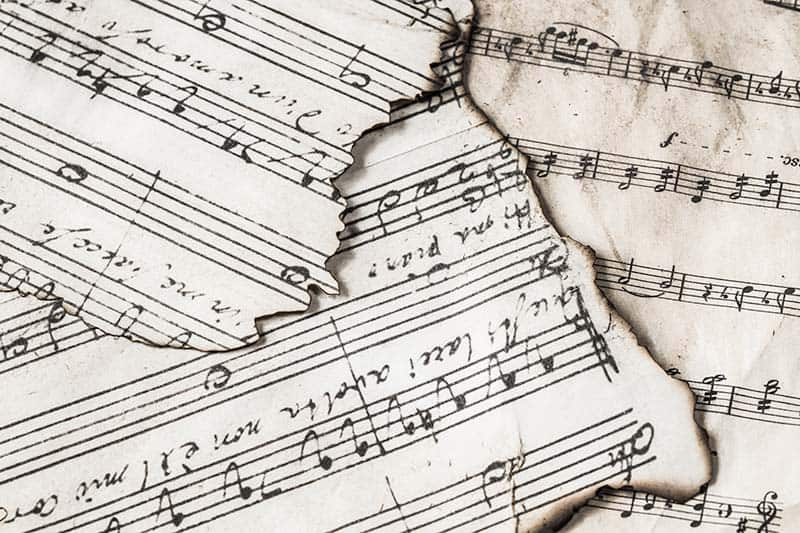Music Memorization Tips for Harpists
Let’s be honest, for most harpists memorizing music is hard. Really hard. “I want to give up and never memorize any piece of music ever again” hard. I’m here to tell you to know that you are not the only harpist, let alone musician, to feel that way!
To help out the general harpist population I’ve compiled a list of tips that I find useful for memorizing music in any kind of situation. Let’s all take a deep breath…memorizing music doesn’t have to be scary. Here we go…
First things first…What kind of learner are you? There are three learning styles.
- Tactile
- You may be a tactile learner if…Playing the piece over and over allows you to recognize familiar patterns and remember which chords and notes come next.
- Visual
- You may be a visual learner if…You can visualize the notation while playing and work best learning off the music.
- Aural
- You may be an aural learner if…You can hear the music in your head even if you can’t play it and learn best by hearing a piece over and over.
After recognizing what your learning style you are better able to determine the best approach to memorizing music for you.
NOTE: To some extent everyone uses aspects of the three learning styles when memorizing but if you best learn through one particular style focus on that approach for faster results.
Suggestions For How to Approach Music Memorization
- Tactile Learners
- Go through your piece and focus on the patterns, the different types of chords with an emphasis on patterns and distance between your fingers.
- Play the piece silently and play “block” sections with the finger placements. Sing the piece silently in your head as you do.
- Note where lever or pedal changes fit in the overall structure.
- Visual Learners
- Take a pencil and section the piece into parts and label each section “A” “B” “C” “D” etc.
- Analyze your music and mark it up. It can be just as basic as…
- What is the tempo?
- What is the time signature?
- What key are we in?
- Are there any accidentals?
- Do any themes or sections repeat themselves?
- Memorize one part at a time and “stack” them together with multiple repetitions as you go along. For example: play “A” five times, then after memorizing “B” play “AB” five times. If you mess up in the middle then start the counting over. Laborious but effective.
- Aural Learners
- Make a recording of your teacher playing the piece slowly. Perhaps she can say what the intervals or chords are that she is playing with the left hand.
- She can also say the fingering as she goes along.
- Listen to the recording over…and…over.
- Sing the melody from top to bottom.
- Learn sections one at a time. See “C” under Visual Learners.
- Play along with the recording.
- Learn to listen for patterns and qualities unique to that piece.
Final Comments and Advice
- Every student will use a combination of the above techniques. But if you find something that works for you—USE it!
- Be consistent with your memorizing. If it’s hard for you don’t give up! Devote a little practice time every day to specifically focusing on memorization.
- Do memorize hands alone before putting them together. You will find it easier to combine the two parts once they are both solidly fixed in your brain on their own.
- Overall memorization is just getting to know your piece on a very deep level. It’s really not scary, I promise!
- Once memorized, you will notice things about your piece that you overlooked before because you were focusing on reading the notes. This opens up the door for further interpretation and dynamic contrast in performance!
Now it’s your turn to try out the different techniques! What worked for you, what didn’t? Feel free to leave me a comment below. I’d love to hear from you.
